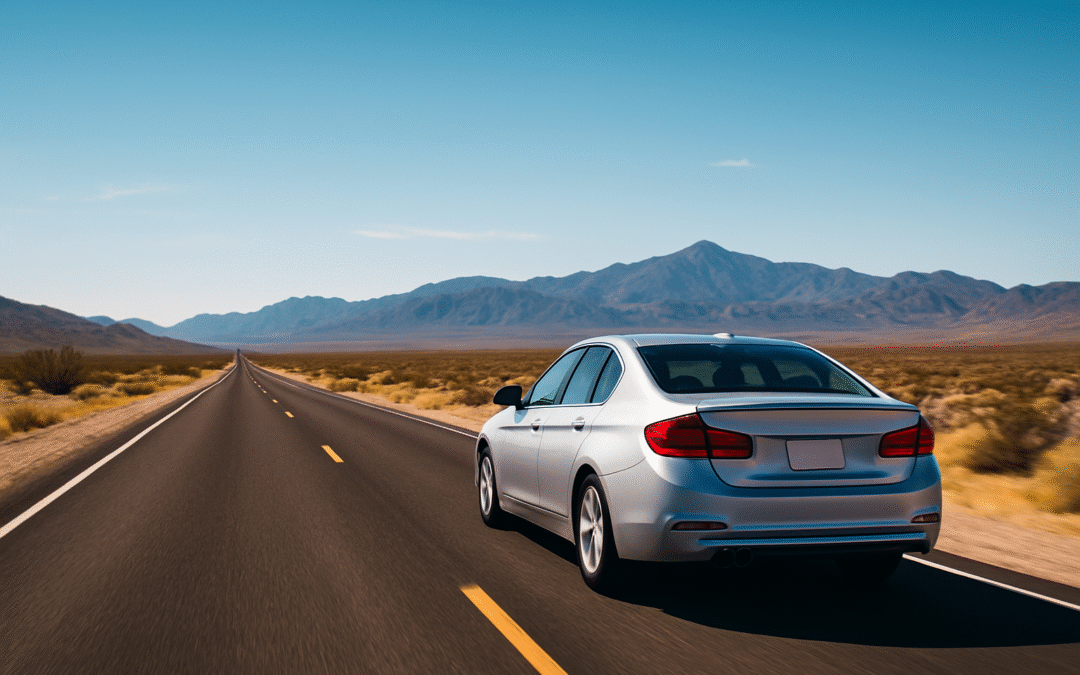Driving in the U.S. gives you freedom to explore, but renting a car there comes with rules quite different from Australia. Here’s everything you need to know so you avoid surprises.
Liability, “excess”, and your financial risk
In the U.S., there is no concept of paying a reduced “excess” and having partial responsibility. You face either zero liability (if properly covered) or 100% liability if you drive the car without full coverage.
Most U.S. rental agencies offer a Collision Damage Waiver (CDW) or Loss Damage Waiver (LDW). This is not insurance, it’s a waiver that relieves you of financial responsibility if the vehicle is damaged or stolen, if you comply with all terms.
If you decline their waiver without alternate coverage, you might be on the hook for the full cost of damage. In some U.S. contexts, the rental agency may try to rent you a car “without liability” if they assume local drivers use their own auto insurance. As a foreigner you typically must accept coverage.
Booking via rental company site vs. travel aggregators
- Booking directly through a U.S. rental company site (e.g., Hertz, Enterprise, Avis) often means you will see optional insurance add-ons at checkout that you must actively select. If you skip them, you may end up unprotected.
- Booking via sites like Expedia, Kayak or third-party brokers sometimes includes the CDW, liability insurance, or other protection by default. These are packaged into the total price.
Because the inclusion or exclusion depends on the website version and your country, always check what’s included before you confirm.
Driver’s licence and credit card requirements
- You must present a physical, valid driver’s licence. Digital licences (on smartphone apps) are not accepted by most U.S. rental offices or state laws.
- Some states require an International Driving Permit (IDP) in addition to your Australian licence, especially if your licence does not use the Roman alphabet.
- You must pay with a credit card in the principal driver’s name. Debit cards are usually rejected or require extra proof, additional deposit or restrictions.
Fuel (petrol/gas) purchase norms
Unlike Australia, you usually prepay or pay inside before filling up the car or when returning it. In many places, you go into the station, pay the cashier or at the kiosk, then pump gas. You cannot just fill and drive off.
Also, rental companies often supply the car with a full tank and require you to return it full. If you don’t, they’ll charge a premium per gallon plus a service fee.
Other things to watch out for
- State liability minimums vary widely: The base liability (for injuries or property damage others suffer) included in the contract may be low in some states. Many renters buy Supplemental Liability Insurance (SLI) or Liability Insurance Supplement (LIS) for extra coverage.
- Tires, windscreen, undercarriage: Many rental companies exclude these from the waiver. Damage to these might still come out of your pocket.
- Administrative or loss-of-use fees: Even with coverage, the company might tack on fees if the car is damaged and out of service, or for processing.
- Airport surcharges, taxes, and facility fees: These often add significantly to the base rate.
- Driving across state lines: Some contracts restrict you from driving into certain states or across borders unless explicitly allowed.
- Young driver fees: If you’re under 25, you may be charged extra or restricted in car class.
- Inspection on pickup: Carefully inspect the car, record existing damages (scratches, dents) with photos, and confirm that the rental company logs them before you drive off.
- Emergency contact & paperwork: Carry contact numbers, policy numbers, and any third-party insurance paperwork with you.
Renting a car in the U.S. can make your trip smoother and more flexible. Just go in with eyes open, choose your cover carefully, and know what your own protections (travel insurance, credit card) offer. Make sure you’re connected with a USA prepaid SIM in the event your car breaks down on the side of the road and you need to call for roadside assistance.

